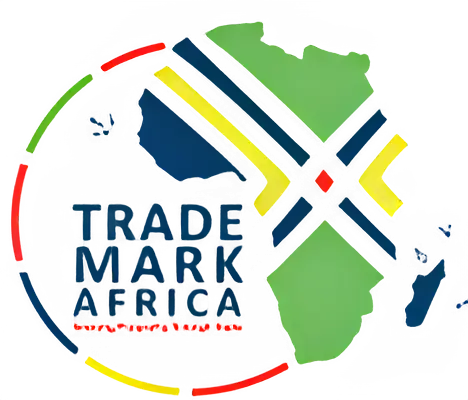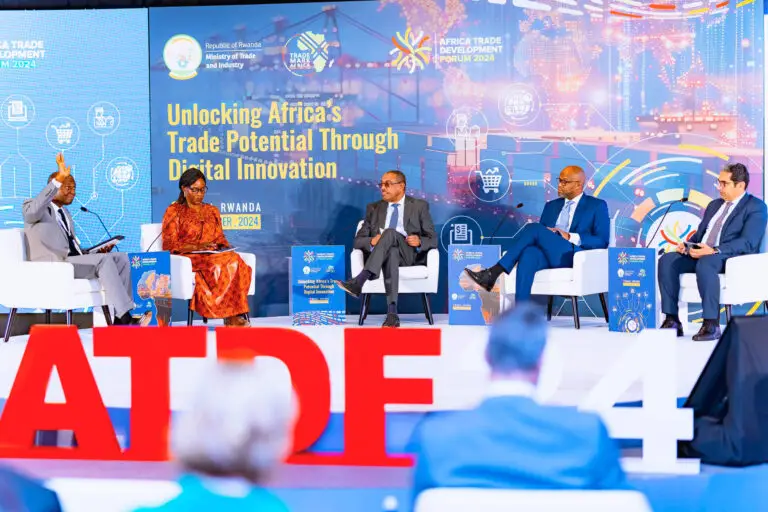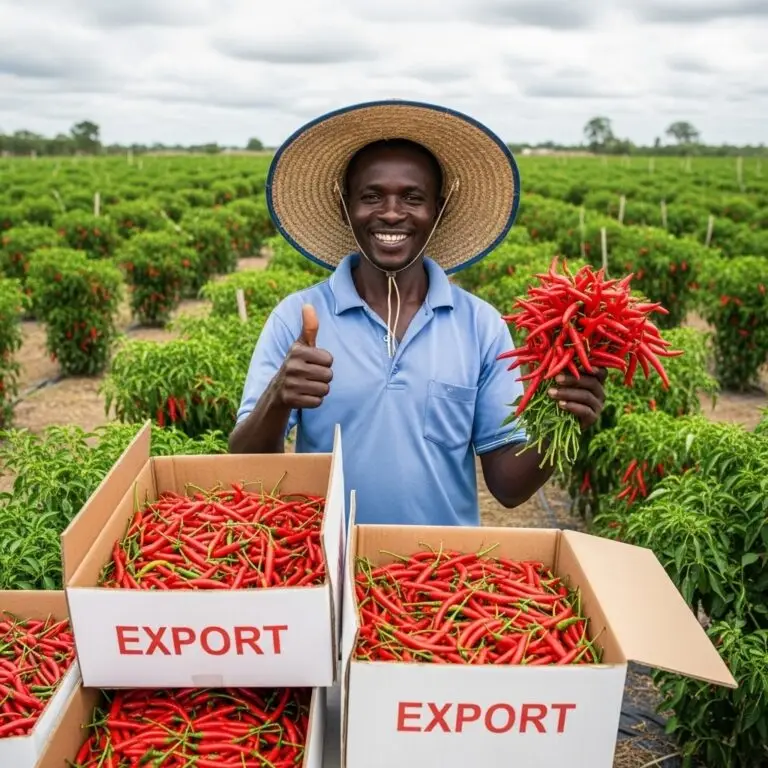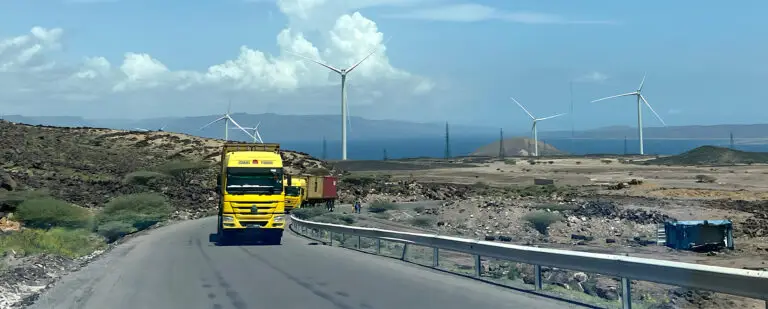Physical Connectivity
Improving roads, ports, borders and trade corridors to move goods faster and reduce the cost of doing business.
Roads
Ports
One Stop Border Posts
Trade Corridors
Improving roads, ports, borders, and trade corridors is essential for moving goods faster and reducing the cost of doing business. Many of the initial successes in TMA’s trade facilitation efforts resulted from investments in physical infrastructure, including ports, roads, and borders. A notable achievement was the contribution to the reduction in dwell times at Mombasa Port, which decreased from 7.2 days in 2011 to 3.5 in 2021 (Northern Corridor Transport Observatory, April 2022). Furthermore, substantial improvements in border crossing times enhanced market access by making the physical movement of goods more efficient.
In this context, market access refers to the capacity of goods to reach markets, with transport playing a crucial role. The cost of this access directly influences the overall price of goods. According to UNCTAD, inadequate connectivity in Africa has led to road transport costs representing approximately 29% of the price of goods traded within the continent, a stark contrast to just 7% for goods traded outside Africa.
This situation makes goods traded within the continent more expensive and less competitive in global markets. A primary reason for these elevated transport costs is infrastructure that is insufficient to meet both current and future traffic demands, leading to congestion and delays.
Dwell Times
Significantly reduced at Mombasa port from 7.2 to 3.5 days between 2011 and 2021
Border Crossing Times
Substantially reduced, thereby improving market access by facilitating the physical
movement of goods.
Even when the physical infrastructure is adequate, inefficiencies in asset usage can cause unnecessary delays. These inefficiencies stem from various factors, including low labour productivity, bureaucratic inefficiency, poor transport regulation, and corruption. As broader evidence of this issue, the 2023 World Bank Container Port Performance Index indicates that sub-Saharan African ports rank among the lowest globally in terms of efficiency and overall performance.
In response to these challenges, TMA’s approach to transport infrastructure development is designed to maximise the impact of its interventions. This is achieved by leveraging TMA’s strengths: its substantial footprint across East Africa, the Horn, and West Africa; its thematic focus on reducing trade costs and time; and its institutional agility. However, despite the persistent and significant trade infrastructure gap, the resources available for infrastructure development have decreased. The scale of the financing challenge is stark. The African Development Bank estimates that Africa needs to invest $130-170 billion annually in infrastructure, yet there is a financing gap of $68-108 billion. The Programme for Infrastructure Development in Africa (PIDA) projects that $360 billion will be required by 2040 to support the continent’s developmental goals, particularly in trade and transport.
To address these pressing needs, TMA will continue to focus on identifying and addressing the most significant constraints to trade flows. At the same time, TMA aims to broaden its efforts to enhance the export and job creation potential of targeted value chains, ensuring that infrastructure development not only facilitates trade but also drives economic growth and competitiveness.
Commercial Development
The reduction in traditional budgetary support from governments and donors necessitates exploring new models to access commercial and semi-commercial capital. TMA therefore created Trade Catalyst Africa (TCA) as a catalytic capital facility, to pilot new commercial models for creating trade infrastructure.
Grant Based Model
For projects that are not commercially viable but are essential for regional integration and trade for peace, TMA will continue to use its grant-based funding model.
Hybrid Model
For projects that are marginally viable TMA will provide viability grant funding in a manner that the project parameters can then become sufficiently attractive to leverage funding from other sources.
2010-2024
Over 20 one-stop border posts (OSBPs) were constructed or operationalised across East
Africa and the Horn of Africa. As a consequence, the time taken to cross selected OSBPs
reduced by an average of 70%. TMA supported the construction and operationalisation
of 15 OSBPs across the EAC region.
The time taken to transport a 20-foot container from Mombasa to Kampala reduced
from 4.5 days in 2017 to 3.1 days in 2021. (Source: Northern Corridor Transport
Observatory, April 2022)
The transit time from Dar es Salaam port to Kigali reduced from 5.5 days in 2021 to 4 days in 2022. (Source: Central Corridor Transport Observatory Annual Report 2022)
A 38% reduction in travel time was achieved on the completed Hargeisa Bypass in
Somaliland, from 10.3 hours before construction to 6.3 hours in 2023. (Source: TMA final project report)
Interventions at Mombasa Port have contributed to lower cargo dwell time, from 7.2 days in 2012 to 3.5 days in 2022. As a result, cargo through the port had an annual compounded
growth of 5.7%, from 27 million metric tonnes to 34 million metric tonnes within the same period, with container traffic rising by 5.6%, from 1.09 million Twenty-Feet Equivalent units (TUEs) to 1.36 million TEUs . (Source: Northern Corridor Transport Observatory, April 2022)
These improvements resulted in a saving of 182 hours in travel time per vehicle over a year, based on a 54% decrease in travel time, from an average 55 minutes in 2019 to 30 minutes in 2023 for Mombasa roads (Kipevu Road, Magongo Road-A109, Mbaraki and Port Reitz/Airport Road). (Source: Endline Survey Report for Mombasa West Roads Improvement Programme November 2023)
-
Trade & Investment Environment
-
Resilient Trade
-
Quality & Value of Traded Goods
-
Digital Trade Systems
-
Greening Trade
